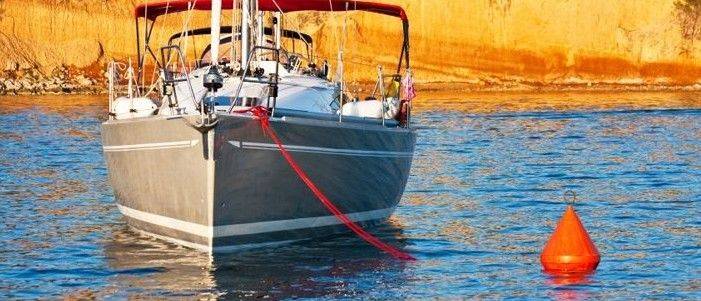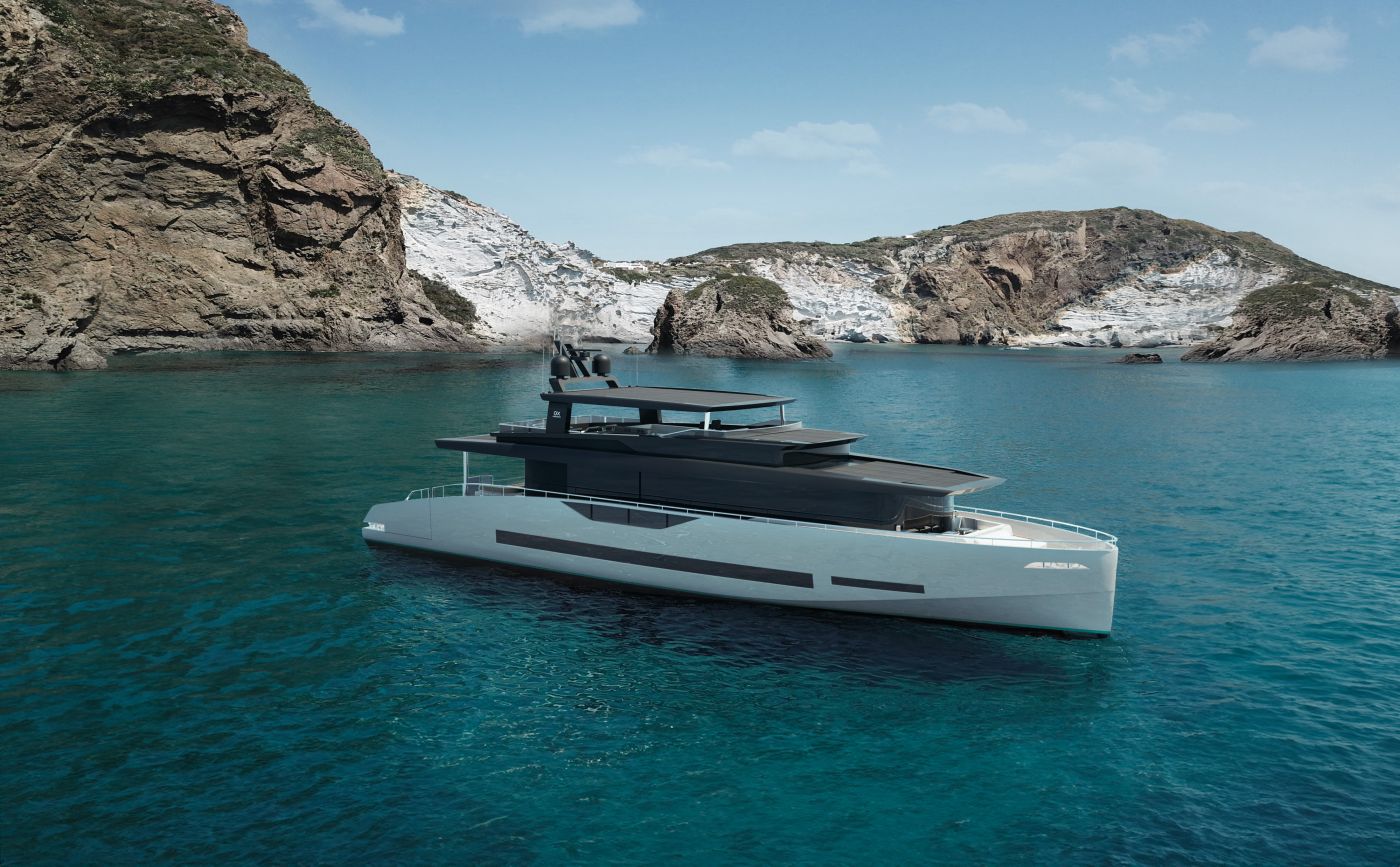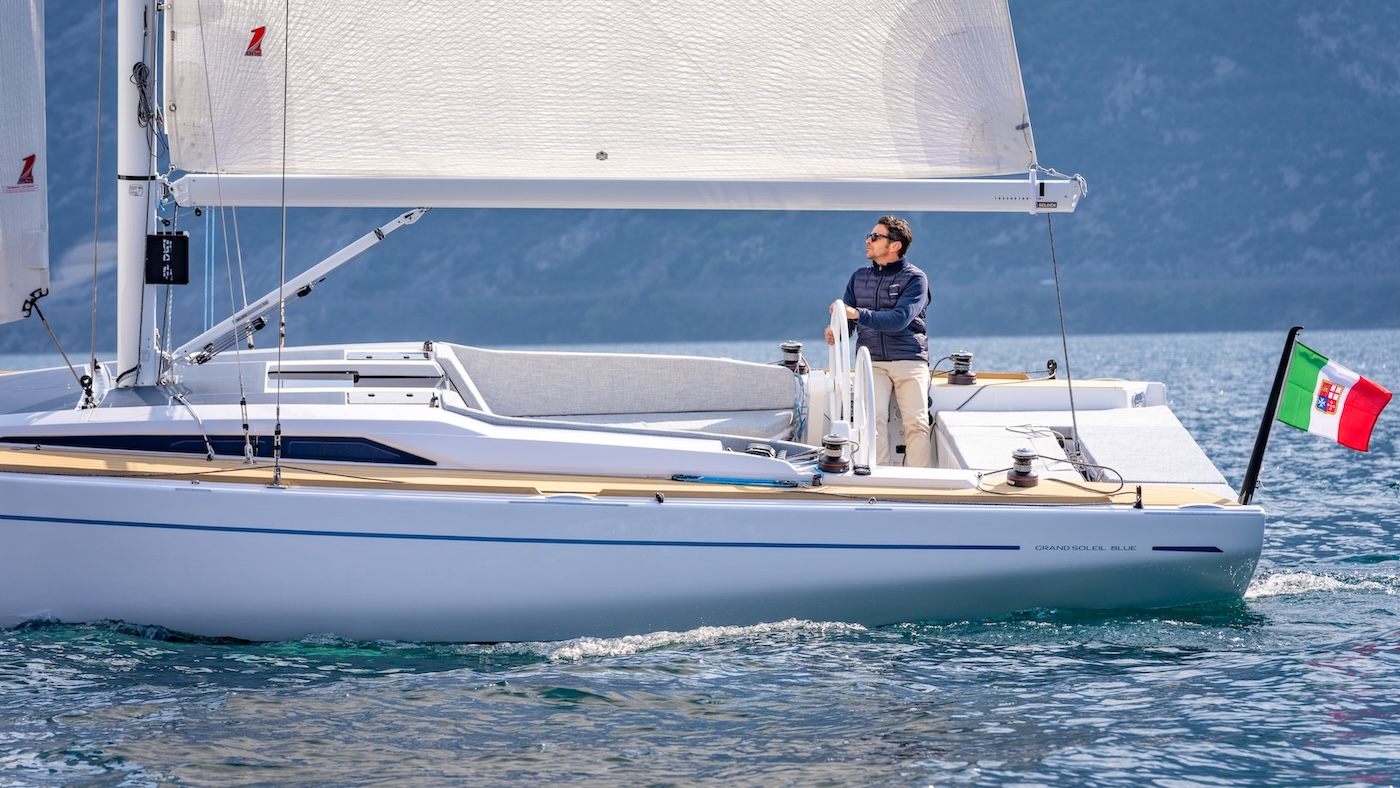In a 25-knot sirocco, the boat approaches to a buoy, it stops for a while – just long enough to pick up the buoy with the boat hook – and, finally, the bow tilts and the boat goes away. One, twice, three times until the boat hook gets stuck in the buoy ring and falls into the sea because it’s impossible to hold it in the hands.
That’s not all. While the boat steers under power with difficulty, one of the two crew members decides to dive to recover the boat hook.
The scene, whose epilogue is unveiled a few lines below, occurred some weeks ago in Budelli during a day characterized by a very fresh sirocco. But scenes like this, even though less serious in terms of imprudence, are frequent and occur when boaters insist on wanting to pick up the mooring buoy as indicated by the sailing manual, that is with the head on the wind without considering that, on the contrary, good sense and a little more knowledge can suggest different and easier solutions.
Some time ago, we already explained the different techniques to pick up a mooring buoy from the bow or the stern while navigating under power.
However, as usual on the sea, a multitude of variables can intervene and force us to adjust our reasoning and actions to the real conditions in order to avoid potentially dangerous attitudes.
In the case we’ve just seen, the most serious mistake was diving in those conditions.

However, we knew that a south-east 25-knot wind would come. In the anchorage, there was therefore a low very short wave and strong stream.
Under these conditions, the man who dived quickly found himself swimming against the wind while breathing the mist. The sensation of drowning came in a few moments :” help me, help me!” shouted the main to the friend on board who couldn’t do anything to help him.
Our tender was in the water, so we reached the man in a few minutes, solving a really dangerous situation.
Probably the protagonists of this terrible story didn’t know the real effects that both the wind and the stream can provoke on the sea surface but the worst mistake was their determination to pick up the mooring buoy from the stern.
The absence of a powerful engine and a bow thruster caused gusts to tilt the bow in a few seconds without the man being able to let the line pass through the heavy buoy ring.
The same obstinacy to repeat the traditional manoeuvre was replicated by many boats, three of which we assisted from our tender.

In another case – this time the mooring buoy was a little outside of the anchorage and therefore more exposed – the skipper decided it was a good idea to let a crew member dive in order to reach the mooring buoy. Of course, the man didn’t managed to do so.
Picking up the mooring buoy from the stern is, in this case, inevitable.
In this case, it is possible to let the line pass through the ring and take advantage from a long line attached to a bow cleat before retrieving it thanks to the anchor winch.
In our case, we preferred to sail into the wind keeping close to the mooring buoy. Once the latter was on our transom, on the free side of the tender, we could let the free end of the line, previously fixed on the bow cleat, pass through and reach the external side of the pulpit and the handrail inside the mooring buoy ring.
Stressed by the wind, the boat tended to move backwards, making faster the action of the man who, on the lateral passage, was retrieving the line to fix the mooring. If the bow had tilted leeward, luffed wheel would have slowed down the movement. Anyway, the enough long line would have given the main enough time to reach the bow and block the mooring and then retrieve the line thanks to the anchor winch or the strength of many arms.

























